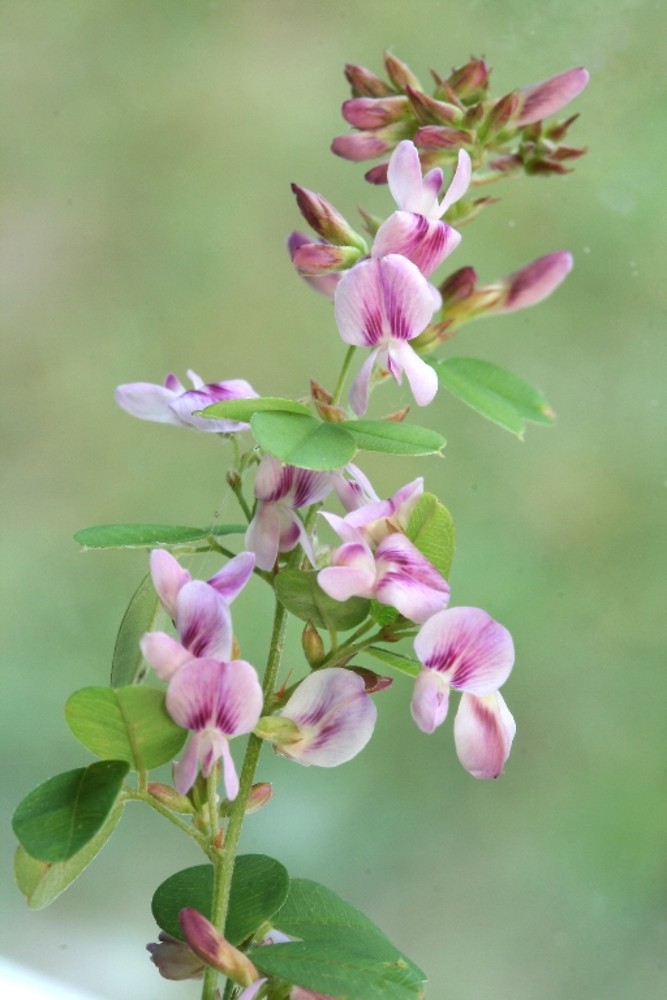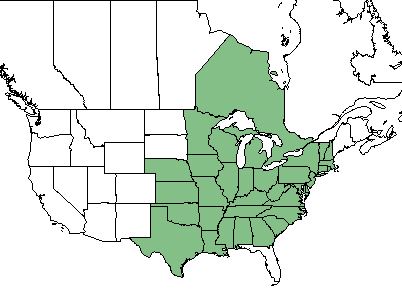Difference between revisions of "Lespedeza violacea"
(→Conservation and Management) |
|||
| Line 42: | Line 42: | ||
==Conservation and Management== | ==Conservation and Management== | ||
| + | ''L. violacea'' is listed as rare by the New York Department of Environmental Conservation Division of Land and Forests, and as threatened by the Vermont Department of Fish and Wildlife Nongame and Natural Heritage Program. <ref name= "USDA Plant Database"/> | ||
==Cultivation and restoration== | ==Cultivation and restoration== | ||
Revision as of 12:17, 24 May 2018
| Lespedeza violacea | |
|---|---|

| |
| Photo by Arieh Tal of Botphoto.com | |
| Scientific classification | |
| Kingdom: | Plantae |
| Division: | Magnoliophyta - Flowering plants |
| Class: | Magnoliopsida - Dicots |
| Order: | Fabales |
| Family: | Fabaceae |
| Genus: | Lespedeza |
| Species: | L. violacea |
| Binomial name | |
| Lespedeza violacea L. | |

| |
| Natural range of Lespedeza violacea from USDA NRCS Plants Database. | |
Contents
Taxonomic Notes
Synonyms: L. intermedia (S. Watson) Britton
Varieties: Lespedeza virgata (Thunberg) A.P. de Candolle
Description
L. violacea is a perennial forb/herb of the Fabaceae family native to North America and Canada. [1]
Distribution
L. violacea is found in the eastern half of the United States excluding Florida, as well as the Ontario region of Canada. [1]
Ecology
Habitat
L. violacea proliferates in woodlands and woodland borders. [2]
Phenology
L. violacea flowers in September. [3]
Conservation and Management
L. violacea is listed as rare by the New York Department of Environmental Conservation Division of Land and Forests, and as threatened by the Vermont Department of Fish and Wildlife Nongame and Natural Heritage Program. [1]
Cultivation and restoration
Photo Gallery
References and notes
- ↑ 1.0 1.1 1.2 USDA Plant Database https://plants.usda.gov/core/profile?symbol=LEVI6
- ↑ Weakley, A. S. (2015). Flora of the Southern and Mid-Atlantic States. Chapel Hill, NC, University of North Carolina Herbarium.
- ↑ PanFlora Author: Gil Nelson URL: http://www.gilnelson.com/PanFlora/ Date Accessed: 5/24/18